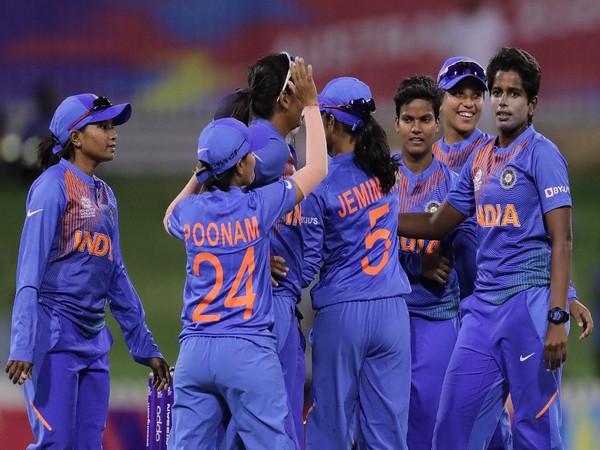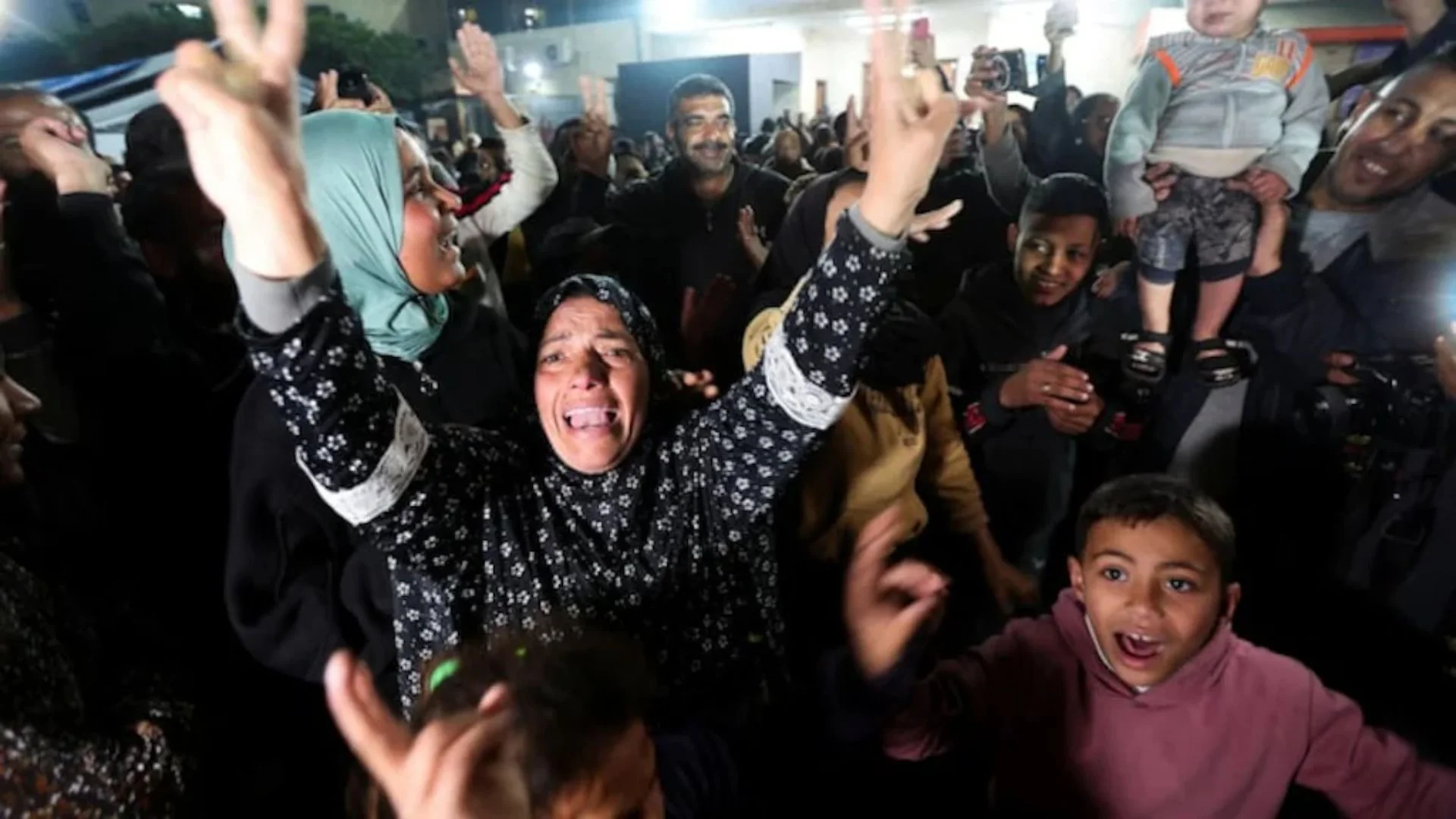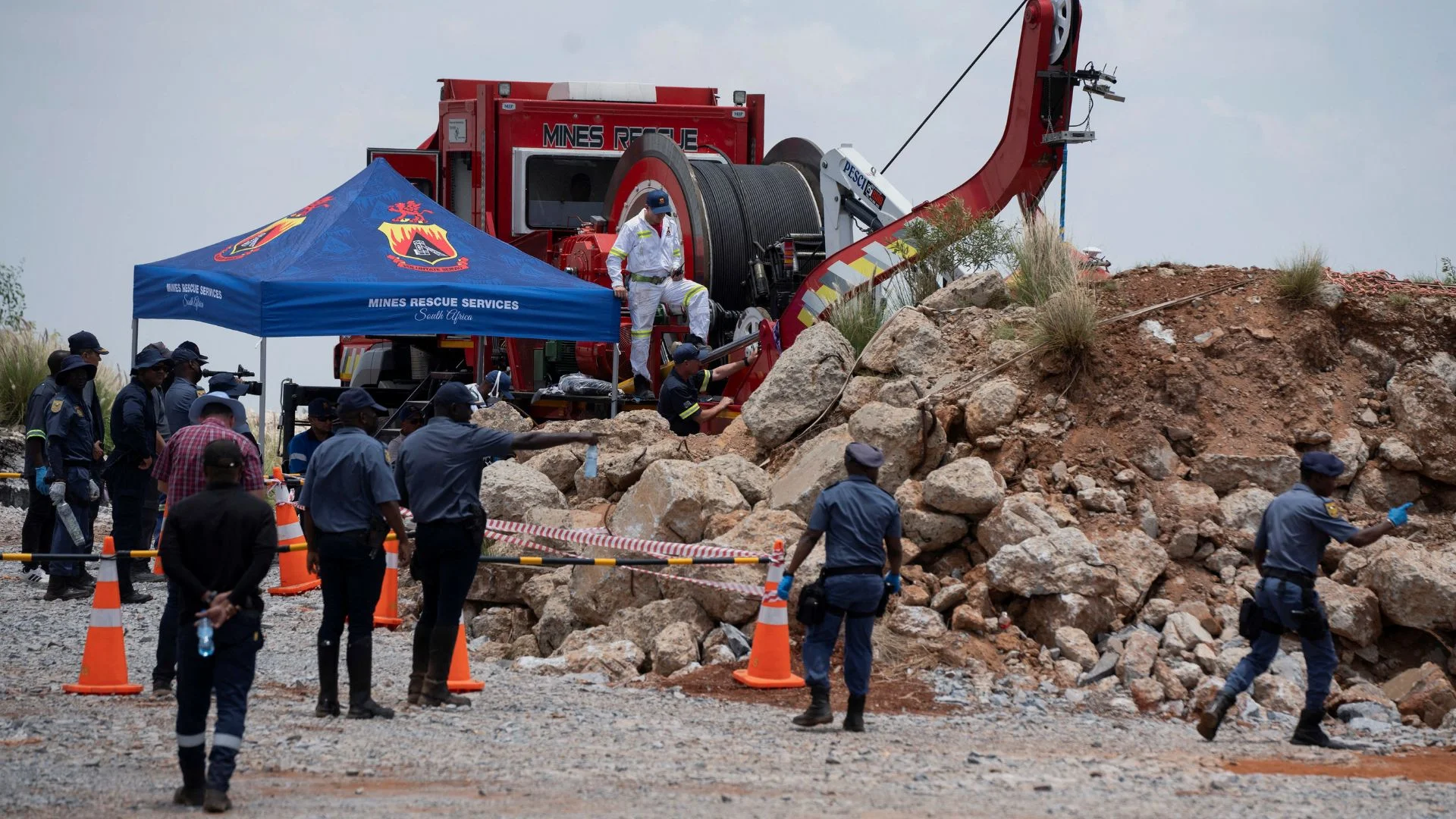New Delhi [India], March 9 (ANI): The human mind registers moments more than it remembers days. While many might have forgotten that it was March 8 last year when the Indian and Australian women created euphoria in the final of the T20 World Cup, no cricket fan will ever forget that moment when women’s cricket stamped its authority on the game and made it a night to remember at a jam-packed Melbourne Cricket Ground.
But from the highs of an immensely successful women’s T20 World Cup came the low of the sporting world coming to a complete standstill due to the coronavirus pandemic. Women’s cricket has indeed undertaken quite a journey in the last year.
While the cricketers have made a return to the pitch and the ongoing ODI series between India and South Africa has once again shown how women’s cricket can be just as competitive as the men’s game, the biggest question is whether the COVID-induced break came at the worst possible time?
Star India Sports Head Sanjog Gupta begs to differ. While he does agree that the halt was abrupt, he sees it as an opportunity to reach greater heights and break new barriers. And he makes no bones about the fact that the women’s game is headed only one way — up.
“What COVID-19 has done, is that it has presented a challenge and an opportunity. It depends on how you look at where we stand vis-a-vis women’s cricket to decipher whether it’s a challenge or an opportunity. And it’s important to understand Star India’s journey as far as women’s cricket is concerned. This journey for us started in 2013 when we broadcast the women’s World Cup that was held in India. That was the first time that a broadcaster was making a concerted effort to try and build the women’s World Cup the way that we did — with an extensive marketing campaign, with the feed being produced in Hindi, with extensive focus on the broadcast on building the stature of the World Cup. I think, it reached the inflection point with the World Cup final in 2017, which was watched by about 14 million viewers. So, I think that was the inflection point, after which women’s cricket started to be spoken off with a lot of reverence, and we had a genuine belief that it has the potential to grow significantly and quickly.
“Then, I think the real high came with the T20 World Cup final between India and Australia. Those three T20 World Cups, if you take them as three pillars in the growth of women’s cricket from T20 World Cup 2016 to T20 World Cup in 2020, we’ve seen an 11x consumption growth. So, I think there was a lot of momentum that was carrying forward the women’s game which came to an abrupt halt with COVID. And the re-start is the challenge — which is how much ground, how much momentum did you lose in the last year as women’s cricket came to halt, but it also presents an interesting opportunity. It’s almost an opportunity to reset the women’s calendar in a way that you can prime it for significant growth over the next three years,” he explained.
Sanjog believes that the idea should be to take the game to as many homes as possible because the tempo has been set and it is important to bring in the recall value which comes with fans watching their favourite stars in action.
“I think with the start of the home season, alongside the India men’s home season- has set the right tempo for this journey. With the women’s World Cup in 2022 in New Zealand, this sets out the ideal runaway for most of that momentum that was lost to be regained over the next nine to ten months as we run into the Women’s World Cup.
“Hopefully, we will take forward the momentum into the Women’s T20 Challenge which will happen in parallel with the playoffs of the IPL, and then more India cricket coming up as the home season comes along. The reason why we believe that there is an opportunity to reset women’s cricket and prime it for further growth is one of the things that had held women’s cricket back for the longest time was — just the sheer lack of supply.
“So, between 2019-2020 the pre-COVID year, the number of women’s cricket matches being broadcast in India was just slightly less than 1/3 the number of men’s games. If you don’t see it, if you don’t get to watch the women’s team play then how will you be able to build fans for it? This inorganic pause in the calendar has presented a challenge as far as regaining the momentum that had been built up to the T20 World Cup is concerned. It has also allowed the opportunity to reset the trajectory to make it an even steeper growth curve and set up a runway for women’s cricket to reach newer highs by World Cup 2022,” he smiled.
But then, the rise of women’s cricket has also seen a rise in the use of social media globally. So does television broadcast and social media visibility go hand-in-hand in helping women’s cricket reach every household and inspire youngsters to take up the game?
“I think there are three to four big factors that I would attribute to this growing popularity. One is of course — all boards, including BCCI and the ICC, have recognised the potential that women’s cricket has, that’s one and two, they have acknowledged and taken decisive steps towards growing women’s cricket as a cause, and believing that it’s the right thing to do. So, I think that has been the biggest factor because playing more and having more games on the broadcast is perhaps the single biggest contributor to the growth and popularity of any game.
“I think the second thing is — at least in the Indian context — Star, as a broadcaster has invested significantly behind women’s cricket over the last four or five years — actually starting, as I said, with 2013 — we’ve pushed all levers possible to grow the popularity of women’s cricket, ranging from broadcasting women’s games in multiple languages beyond English to make them available across the network and thereby making them more accessible to viewers around the country, to marketing it in a big way and to using opportunities such as the Women’s Day or big events that become apertures for more viewers to be aware of women’s cricket and be aware of the fact that it is just as important to support team India, and the India blue jersey when it’s worn by women as it is when men wear it.
“The third factor, I would say is — as a result of more exposure and more investment, the emergence of heroes. I think that’s where social media plays a huge role. The fact that Mithali Raj, Jhulan Goswami, Smriti Mandhana, and Harmanpreet Kaur, all of them are not only now an inspiration for girls to play, but also for fans to watch, is a huge reason for more and more people to tune-in because, at the end of the day, fans tune in to watch heroes play. That’s where social media has played a role in making the heroes seem closer to fans than they ever were before — both in terms of their relatability, and also in terms of allowing fans to have some level of engagement with their heroes all through the year, instead of engaging with them only on broadcast or only when they’re on TV.
“What social media has done is it has enabled the rise of heroes who are followed, who are loved and who are revered, and who inspire girls to play and fans to watch, and that in turn has contributed to the growth of the game.
“The fourth and final factor is also the growing recognition from all quarters that the women’s game in some sense, and in many ways is at par with men’s game in terms of competitiveness, in terms of rivalries, in terms of contexts, in terms of the sheer effort that the women’s team and the players put in to win,” he explained.
Talking of role models, while the likes of Mithali and Harmanpreet have already become household names, youngsters like Shafali Verma have also made quite an impression. In fact, her showing in the women’s T20 World Cup created quite a storm. But unfortunately, she didn’t find a place in the ODI team in the ongoing series between India and South Africa. Does that hamper following/viewership? The Star India Sports Head believes that selection matters are best left to those who have been given the role — selectors.
“Performance and potential should dictate the presence of a certain cricketer in the team, irrespective of whether it’s the men’s game or the women’s game, and this will apply equally to popular players as to the less recalled players. Selection matters at the end of the day are matters which have more to do with the competitiveness of the team and what the selectors believe is the best team to pick for a particular series or a particular opposition or a particular country that you’re playing in.
“The other part of it is, of course, you know, there is a certain degree of following that players have and that following does get affected when they’re not a part of the team. Having said that, it is contingent upon the player to perform and prove his or her potential and make it back to the team to justify the faith or the love that fans have shown in that player. It’s totally up to the players to recognise their shortcomings and know that everyone loves a great comeback story,” he pointed.
While the Indian women’s cricketers are back on the international arena with the series against South Africa, they were part of the Women’s T20 Challenge in the UAE and Sanjog believes that the BCCI should be lauded for organising the tournament despite the logistical hardships that came with the COVID-19 situation.
“I think the Women’s T20 Challenge was a huge success and credit must go to the BCCI for continuing to invest in the women’s T20 Challenge, even though there were constraints that COVID-19 presented and the fact that the entire tournament had to be staged outside India. So, I think credit to Jay Shah, Sourav Ganguly and Arun Dhumal, and the rest of the BCCI for ensuring that the Women’s T20 Challenge continues to happen despite the constraints.
“Just to give you a sense of the numbers, the tournament had 105 million viewers tune in for those four games which is more than 40% higher than the previous edition – which was significant. You don’t see that kind of growth in most sports. And to see that is heartening on two fronts — I think it gives all stakeholders the confidence that they need in the game itself, and the popularity of the game, and the growth potential of the game.
“The second thing that it does is, it creates a sense of aura around the women’s game, which allows it to create the ideal platform for it to leap from. And we’ve seen multiple partners, stakeholders, sponsors come forward to support the women’s game on the back of the potential that the game has shown, which is best seen in terms of growth and viewership,” he said.
So does that mean a bigger T20 tournament for women in the near future? The broadcasters are definitely game.
“I think that there are multiple considerations there, you can imagine, I think the BCCI would probably take into account those considerations before deciding when is the right time to expand. Currently, you know, I think the constraint around the COVID still exists. We’re not past them yet. But I think in the longer term, there is no reason to believe why the Women’s T20 Challenge should not expand.
“I think the BCCI needs to believe that the time is right. And the time has to be right in terms of the depth of the players’ pool and the ideal window for staging it. Once those considerations are taken into account, there is no reason to believe why the growth of the Women’s T20 Challenge is not a certainty over the next three to five years,” he signed off. (ANI)

















